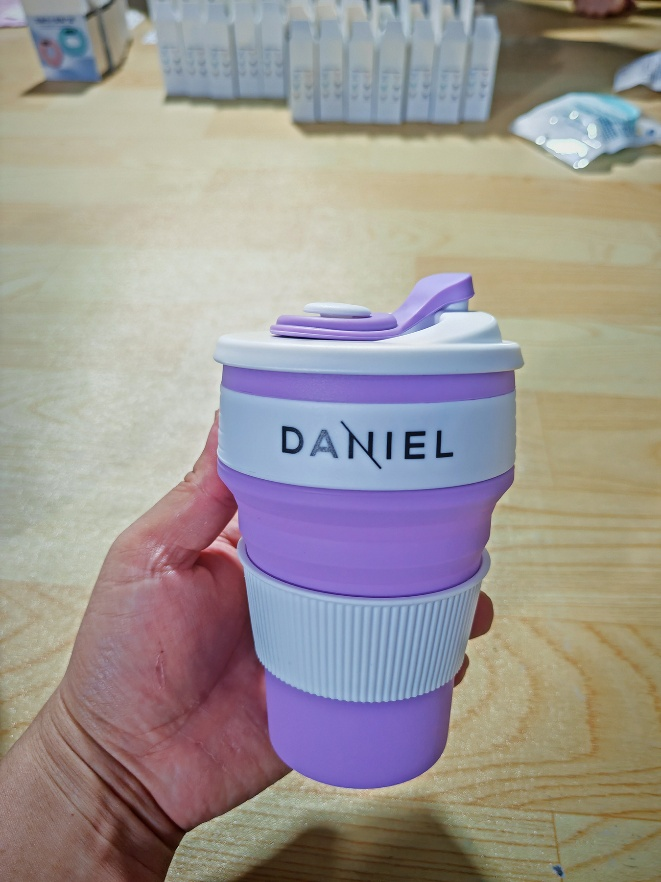The hydrochloric acid storage tank is a special tank main body for hydrochloric acid. It can be made of plastic and glass fiber reinforced plastic. The hydrochloric acid storage tank made of plastic can be sold in small barrels. The hydrochloric acid storage tank made of FRP is generally a tank that can be stored for a long time. Secondly, the advantages of the FRP hydrochloric acid storage tank are introduced.

The FRP hydrochloric acid tank adopts high pressure, multi-stage, multi-angle, winding head to meet the storage, transportation and production needs of organic and inorganic solvents, chemical and electrochemical corrosive media, to meet the transportation, transportation and elimination of static electricity of non-electrolytic fluids, and to meet the needs of shear resistance. cutting mechanical requirements. For the embedding of various supports, the FRP hydrochloric acid tank has the characteristics of chemical corrosion resistance and long service life. It has exceptional corrosion resistance and can withstand various acids, alkalis, salts and organic solvents.

FRP storage tanks have begun to appear in the field of seawater desalination projects due to their excellent anti-corrosion and permeability capabilities. Ten years ago, FRP composite materials began to enter seawater desalination projects in my country. One involves long-distance transportation of seawater, the second is seawater desalination, and the first three are desalination projects. In the entire technical equipment, corrosion-resistant large-diameter FRP pipelines, large-scale FRP storage tanks on site, FRP anti-corrosion projects and reverse osmosis FRP devices will play a unique role.
In this way, the water flowing out of the exchanger is softened water with the hardness ions removed. When the resin adsorbing calcium and magnesium ions reaches a certain level, the hardness of the effluent water increases. At this time, the water softener automatically regenerates the failed resin according to the predetermined program. , using a higher concentration of sodium chloride solution through the resin to restore the sodium-type resin to the failed resin.

 English
English Español
Español Português
Português русский
русский français
français 日本語
日本語 Deutsch
Deutsch Tiếng Việt
Tiếng Việt Italiano
Italiano Nederlands
Nederlands ไทย
ไทย Polski
Polski 한국어
한국어 Svenska
Svenska magyar
magyar Malay
Malay বাংলা
বাংলা Dansk
Dansk Suomi
Suomi हिन्दी
हिन्दी Pilipino
Pilipino Türk
Türk Gaeilge
Gaeilge عربى
عربى Indonesia
Indonesia norsk
norsk اردو
اردو čeština
čeština Ελληνικά
Ελληνικά Українська
Українська Javanese
Javanese فارسی
فارسی தமிழ்
தமிழ் తెలుగు
తెలుగు नेपाली
नेपाली Burmese
Burmese български
български ລາວ
ລາວ Latine
Latine Қазақ
Қазақ Euskal
Euskal Azərbaycan
Azərbaycan slovenský
slovenský Македонски
Македонски Lietuvos
Lietuvos Eesti Keel
Eesti Keel Română
Română Slovenski
Slovenski मराठी
मराठी Српски
Српски 简体中文
简体中文 Esperanto
Esperanto Afrikaans
Afrikaans Català
Català עִברִית
עִברִית Cymraeg
Cymraeg Galego
Galego 繁体中文
繁体中文 Latvietis
Latvietis icelandic
icelandic יידיש
יידיש Беларус
Беларус Hrvatski
Hrvatski Kreyòl ayisyen
Kreyòl ayisyen Shqiptar
Shqiptar Malti
Malti lugha ya Kiswahili
lugha ya Kiswahili አማርኛ
አማርኛ Bosanski
Bosanski Frysk
Frysk ជនជាតិខ្មែរ
ជនជាតិខ្មែរ ქართული
ქართული ગુજરાતી
ગુજરાતી Hausa
Hausa Кыргыз тили
Кыргыз тили ಕನ್ನಡ
ಕನ್ನಡ Corsa
Corsa Kurdî
Kurdî മലയാളം
മലയാളം Maori
Maori Монгол хэл
Монгол хэл Hmong
Hmong IsiXhosa
IsiXhosa Zulu
Zulu Punjabi
Punjabi پښتو
پښتو Chichewa
Chichewa Samoa
Samoa Sesotho
Sesotho සිංහල
සිංහල Gàidhlig
Gàidhlig Cebuano
Cebuano Somali
Somali Точик
Точик O'zbek
O'zbek Hawaiian
Hawaiian سنڌي
سنڌي Shinra
Shinra հայերեն
հայերեն Igbo
Igbo Sundanese
Sundanese Lëtzebuergesch
Lëtzebuergesch Malagasy
Malagasy Yoruba
Yoruba









